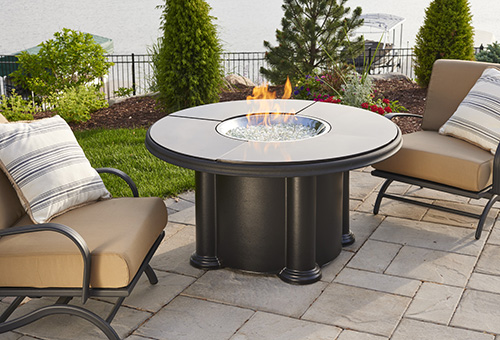Imagine being able to create your very own indoor plant jungle made with clippings from your other plants, completely free of charge! Sounds like a dream, right? It can happen if you learn how to propagate correctly.
The best types of plants to propagate are succulents, coleus, begonias, scented geraniums, Swedish ivy, African violets, philodendrons and fiddle leaf figs. This does not mean you can’t use this process with other plants, but they are a great place to start!
The first step in the propagation method is the leaf-cutting/trimming of the “mother” plant. Make sure that the plant you trim the clippings from is very healthy. If you try to use a plant that is not very healthy it will produce plants that are not ideal. Trim the plant from the base of the stem where they split in half. (See image) If there are leaves near the base of the cutting, trim them off. Place cutting in a jar of clean, cool water. Place jar in a place where it will get partial sun. A windowsill is a great place to place your cuttings. You will not have to add more water unless the water starts to evaporate.

After a few weeks, you will start to notice little white roots forming at the base of the cutting. Once these roots are half an inch or so in length, it is time to put the cutting in a jar with potting soil. Plant as you normally would. (Tip: If you wait too long to plant the clippings, the roots will not acclimate to soil because they will have come to believe they are water plants.)
Once planted, water as you normally would water the “mother” plant and make sure the plant is getting enough sun. After a few weeks, the roots will have taken to the soil and start to grow into it.
There are other ways to propagate plants, but this method is a great way to start your propagation journey!

Photo by Sarah Dorweiler, Evano Community







No comments